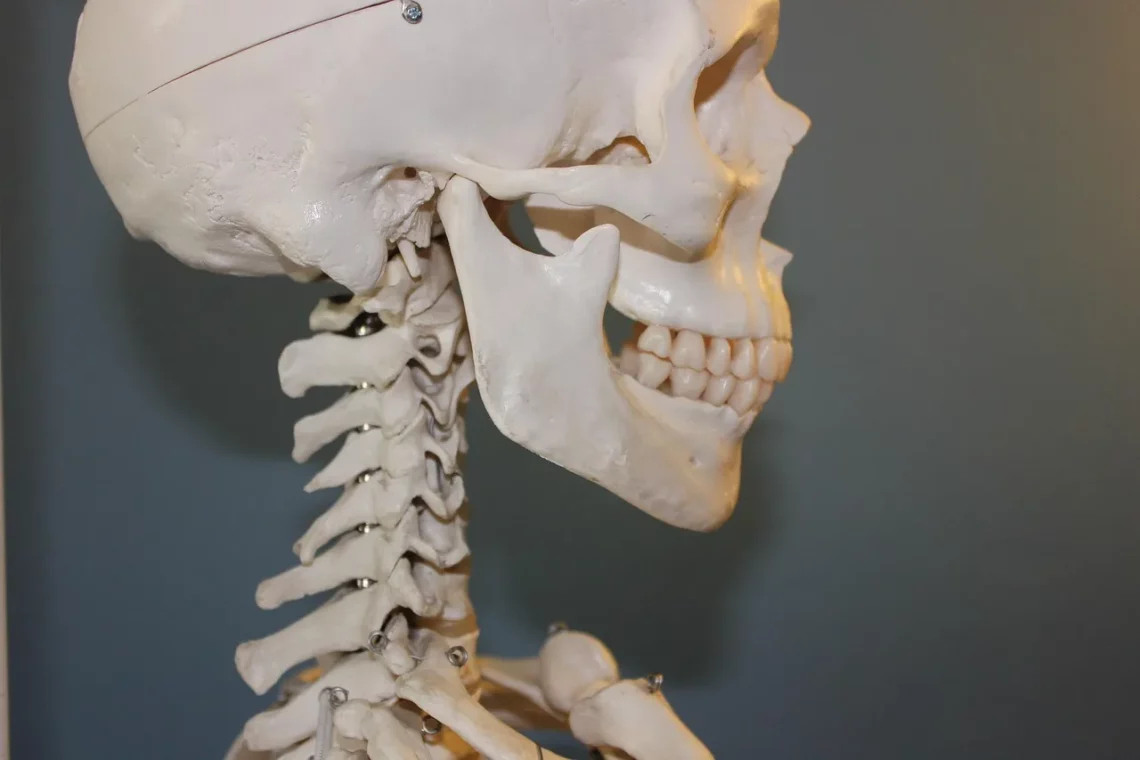
Understanding Dog Internal Anatomy: A Comprehensive Guide
Understanding a dog’s internal anatomy is essential for any dog owner, trainer, or enthusiast. Dogs, like humans, possess intricate systems that work harmoniously to maintain their health and well-being. Understanding the anatomy of a dog not only deepens our bond with these beloved companions but also equips us with the knowledge necessary to recognize potential health issues and engage in responsible pet care.
From the skeletal structure to the digestive system, each component plays a critical role in the overall function of a dog’s body. The internal organs are not only vital for sustaining life but also for ensuring that a dog can perform daily activities, from running and playing to digesting food and fighting off diseases.
This knowledge is particularly valuable when it comes to preventative care, as awareness of what is normal for your dog can help you identify abnormalities early on. Familiarity with canine anatomy can also enhance your understanding of various dog breeds, as different breeds may have unique anatomical features. Ultimately, understanding dog internal anatomy fosters a more profound appreciation for these animals and promotes better care practices.
Canine Skeletal System
The canine skeletal system is a complex framework that supports the body and protects vital organs. Comprising approximately 319 bones, depending on the breed, a dog’s skeleton is divided into two main parts: the axial skeleton and the appendicular skeleton. The axial skeleton includes the skull, vertebral column, and rib cage, while the appendicular skeleton consists of the bones of the limbs and the pelvic and shoulder girdles.
The skull serves as a protective casing for the brain and houses the structures of the face, including the jaw and teeth. The vertebral column, made up of individual vertebrae, provides flexibility and support, allowing dogs to move with agility. The rib cage protects the heart and lungs and is essential for respiration.
Understanding the skeletal system is vital for recognizing potential injuries or disorders. For instance, conditions such as hip dysplasia or arthritis can significantly impact a dog’s mobility and quality of life. Regular veterinary check-ups can help monitor the health of a dog’s skeletal system, ensuring that any issues are addressed promptly.
Moreover, understanding the skeletal structure can inform training and exercise regimens. Certain breeds may have predispositions to specific skeletal issues, making it crucial to tailor activities that are safe and suitable for their physical capabilities.
In summary, the canine skeletal system is foundational to a dog’s overall structure and function. Awareness of its components and potential health issues can empower dog owners to promote a healthier, more active lifestyle for their furry friends.
The Digestive System of Dogs
The digestive system of dogs is specifically adapted to process their natural diet, which primarily consists of meat. This system includes several organs that work together to break down food, absorb nutrients, and eliminate waste. The main components of the canine digestive system include the mouth, esophagus, stomach, small intestine, large intestine, and anus.
Digestion begins in the mouth, where food is mechanically broken down by teeth and mixed with saliva, which contains enzymes that initiate the digestive process. Once swallowed, food travels down the esophagus to the stomach, where it is mixed with gastric juices to form a semi-liquid substance known as chyme. The stomach plays a crucial role in breaking down proteins and killing harmful bacteria.
From the stomach, chyme enters the small intestine, where most nutrient absorption occurs. The small intestine is lined with villi, tiny finger-like projections that increase the surface area for absorption. Here, digestive enzymes from the pancreas and bile from the liver further break down food, allowing nutrients to pass into the bloodstream.
The remaining waste material then moves into the large intestine, where water is reabsorbed and the remaining material is compacted into feces. Finally, waste is expelled through the anus.
Understanding a dog’s digestive system is crucial for ensuring proper nutrition and recognizing signs of gastrointestinal issues. Symptoms such as vomiting, diarrhea, or changes in appetite can indicate underlying health problems that require veterinary attention.
Additionally, a proper diet tailored to a dog’s specific needs is essential for maintaining good digestive health. Factors such as age, size, and activity level should all be considered when selecting food. Regular feeding schedules and avoiding table scraps can also contribute to a healthier digestive system.
In conclusion, the canine digestive system is a remarkable network that plays a vital role in a dog’s overall health. Awareness of its function can help dog owners provide better care and ensure that their pets lead happy, healthy lives.
The Respiratory System Explained
The respiratory system in dogs is responsible for bringing oxygen into the body and expelling carbon dioxide, a vital process for sustaining life. This system comprises the nasal passages, trachea, bronchi, and lungs. Understanding how this intricate system works can help dog owners recognize respiratory issues and take appropriate action.
Air enters a dog’s body through the nostrils and travels through the nasal passages, where it is filtered, warmed, and moistened. The trachea, or windpipe, connects the nasal passages to the lungs and branches into two bronchi, each leading to a lung. The lungs are the primary organs of respiration, containing millions of tiny air sacs called alveoli, where gas exchange occurs.
The process of respiration involves inhaling oxygen-rich air and exhaling carbon dioxide. This exchange is facilitated by the diaphragm, a muscle that separates the chest cavity from the abdominal cavity. When the diaphragm contracts, it creates a vacuum that draws air into the lungs.
Common respiratory issues in dogs include kennel cough, brachycephalic airway syndrome, and pneumonia. Recognizing signs such as coughing, labored breathing, or nasal discharge can alert owners to potential problems that may require veterinary care.
Maintaining a healthy respiratory system involves providing a clean living environment, regular exercise, and avoiding exposure to irritants such as smoke or airborne allergens. Keeping your dog at a healthy weight can also alleviate strain on the respiratory system, particularly in brachycephalic breeds that are more prone to respiratory issues.
In summary, the respiratory system is crucial for a dog’s overall health. Understanding its function and being vigilant about potential problems can help dog owners ensure their pets remain healthy and active throughout their lives.
Understanding the Circulatory System
The circulatory system in dogs is essential for transporting blood, nutrients, oxygen, and hormones throughout the body. It consists of the heart, blood vessels, and blood, working in concert to maintain homeostasis and support bodily functions. Understanding this system is vital for recognizing cardiovascular health and potential issues in dogs.
The heart is a muscular organ that pumps blood through a network of arteries, veins, and capillaries. Blood is oxygenated in the lungs and returned to the heart, where it is pumped out to the rest of the body. The arteries carry oxygen-rich blood away from the heart, while veins return oxygen-poor blood back to the heart.
Common cardiovascular issues in dogs include heartworm disease, congestive heart failure, and arrhythmias. Symptoms may include lethargy, coughing, or difficulty breathing. Early detection and treatment of these conditions are crucial for ensuring a dog’s long-term health.
Maintaining a healthy circulatory system involves regular exercise, a balanced diet, and routine veterinary check-ups. Monitoring your dog’s weight and ensuring they stay active can prevent many cardiovascular issues.
In conclusion, the circulatory system is vital for a dog’s overall health. Awareness of its function and the importance of regular veterinary care can empower dog owners to support their pets’ cardiovascular health effectively.
**Disclaimer**: This article is for informational purposes only and does not constitute medical advice. For any health concerns regarding your pet, please consult a qualified veterinarian.




